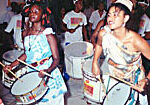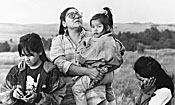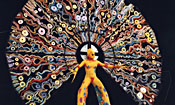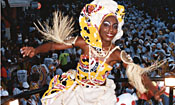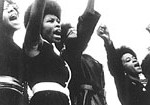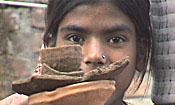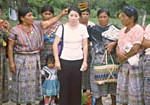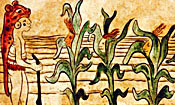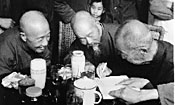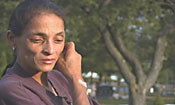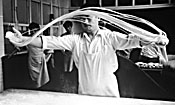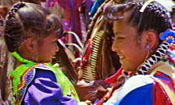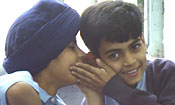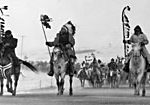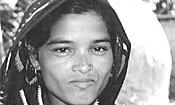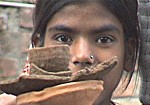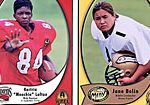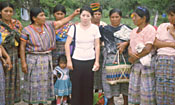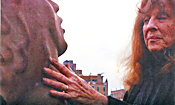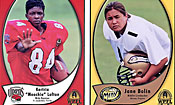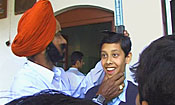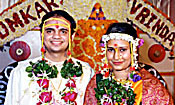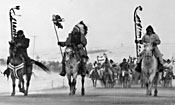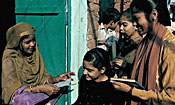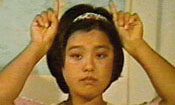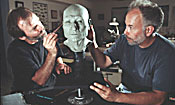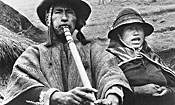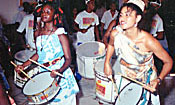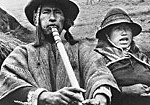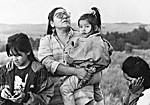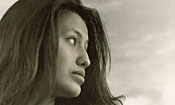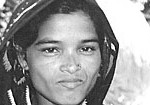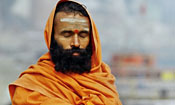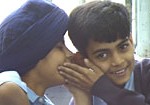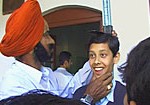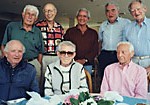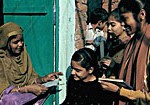A World of Food: Tastes and Taboos in Different Cultures
Product Description
What’s delicious? What’s disgusting? What’s even edible in the first place? These questions may seem simple, but they tap into powerful cultural, religious, and individual differences. This delectably engaging video explores the extraordinary variety of food likes, food dislikes, food taboos, and food rules around the world. It features frequently humorous and always compelling testimony from people representing a wide array of cultures. In discussing their own experiences, conflicts, and confrontations over food, they bring real substance and drama to the otherwise abstract notion of “cultural differences.”
From vegans to cannibals, human beings consume an infinite variety of foods. They also form fiercely emotional views about people who follow food practices unlike their own. Many Americans, for example, are horrified by the consumption of dog meat in certain Asian countries. But staples of the American diet may be equally horrifying to others. For instance, the simple American hamburger can deeply offend Hindus and others who regard cows as sacred creatures. When they visit an American supermarket, many Hindus try to avoid the meat counter, where the “dead animals” are kept.
Among the many issues and questions covered in the video are: What are the prohibitions against certain foods in the major religions of the world? What are the reasons for these food rules, and what happens when the rules are violated? What is the “hierarchy of eligible foods?” Why are dogs near-sacred pets in some cultures, and just another food item in others?
What is the “part/whole” problem, and how does it influence whether a food strikes us as delicious or disgusting? What common American foods are regarded as inedible or disgusting in other cultures? In turn, what foods and food behaviors do Americans find disturbing in other cultures? What are the important but unwritten food etiquette rules in other countries, and what happens if an unwary visitor violates them?
“A World of Food” is the perfect “antidote” to ethnocentrism, the all-too-common assumption that one’s own culture is superior to others. Students cannot see the video without learning the critical lesson that all cultures (including American culture) consume foods that people in other cultures see as highly debatable, inherently disgusting, or simply too bizarre to eat at all.
All who view this funny, fascinating, and illuminating video will emerge with an enhanced understanding of food practices in other cultures and — no less important — a deeper awareness of the need for cross-cultural understanding in an increasingly interconnected world.
“A World of Food” was produced by Prof. Dane Archer, of UC Santa Cruz, and is filled with the same characteristic zest, vibrancy, and instructional savvy that have brought widespread acclaim to all of his best-selling videos on nonverbal behavior and communication.


